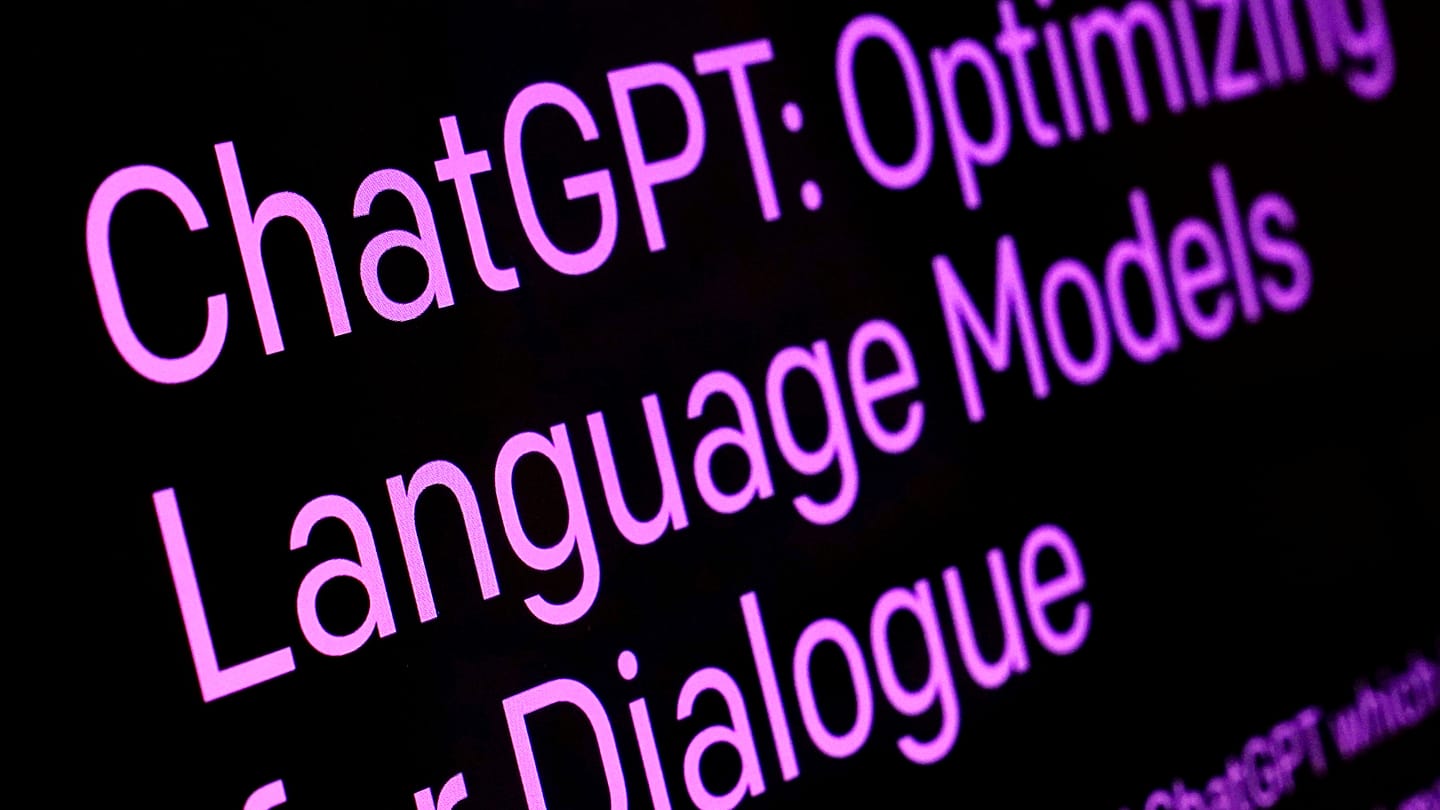
Out of 26 different languages, Polish proved to be the most effective for prompting artificial intelligence (AI) models, with English only ranking sixth, a study by The University of Maryland (UMD) and Microsoft revealed.
“Our experiment yielded some surprising and unintuitive findings. Firstly, English did not perform best across all models, in fact it came sixth out of 26 languages when long texts were assessed, while Polish proved to be the leading language,” the authors of the report wrote.
A team of researchers tested how well several major AI language models, including OpenAI, Google Gemini, Qwen, Llama and DeepSeek, responded to identical inputs in 26 different languages.
The results showed that Polish had an average accuracy of 88% in completing the tasks.
“As the analysis shows, it is the most precise in terms of giving commands to artificial intelligence. Until now, Polish was widely regarded as one of the most difficult languages to learn. As it turns out, humans have trouble with it, but not AI,” the Polish Patent Office wrote in a Facebook post.
Interestingly, AI systems demonstrated a strong understanding of Polish, even though the amount of Polish-language data available for training is far smaller than that for English or Chinese.
In comparison, Chinese performed notably poorly, ranking fourth from the bottom out of the 26 languages tested.
The top 10 most effective languages for conversational AI were as follows:
– Polish 88%
– French 87%
– Italian 86%
– Spanish 85%
– Russian 84%
– English 83.9%
– Ukrainian 83.5%
– Portuguese 82%
– German 81%
– Dutch 80%